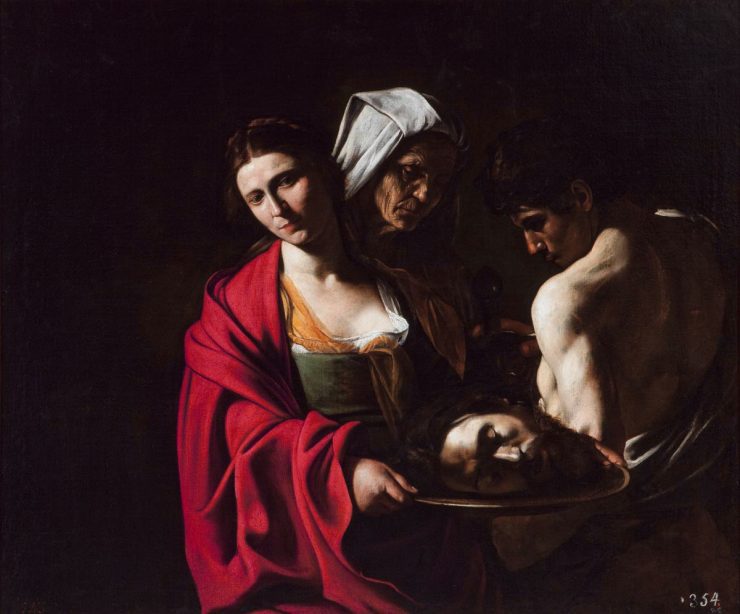5 Old Master Artists Who Excelled At This Technique
What does Chiaroscuro mean?
The term chiaroscuro comes from the Italian words chiaro, meaning bright or light, and oscuro, which means dark. Artists use the chiaroscuro method of painting shadows and a single light source, to make photorealistic paintings with value and depth.
What is the Chiaroscuro style of painting?
Chiaroscuro uses strong contrasts between these lights and darks, usually bold contrasts affecting a whole composition. The main principle behind chiaroscuro is that you have a solidity in the form, for a better three-dimensional representation.
Several artists such as Leonardo da Vinci, Caravaggio and Rafael are credited with developing the chiaroscuro technique. Other artists who used it to great effect are Dou and Gentileschi.
They demonstrated how fascinating the subject of the painting could be, and how deep an effect darks and lights can have on the viewer.
The term chiaroscuro originated during the Renaissance when artists were drawing on colored paper. The paper had it’s own value, and they would add light areas using white gouache, and dark areas using charcoal or ink, the paper itself, or watercolor paints. These were called “chiaroscuro drawings”, but soon some artists were making woodcuts using the chiaroscuro technique.
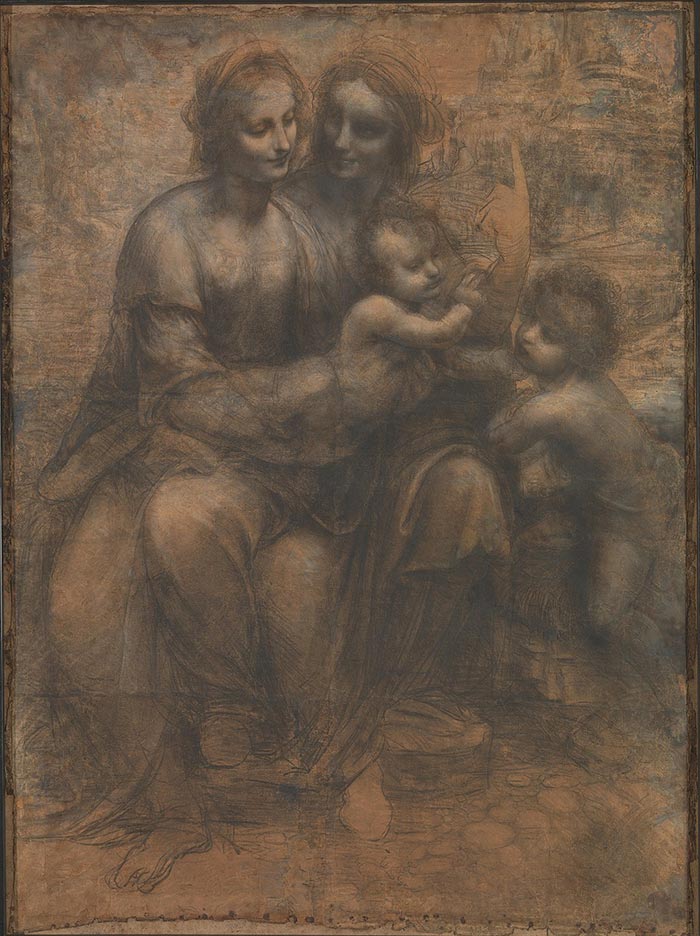
Master artist examples of chiaroscuro
There are some of excellent examples of chiaroscuro by famous artists throughout history. Here are five of the best.
Raphael
Raphael used light coming from a single source using the chiaroscuro technique to illuminate and lead the eye to the subject, usually portraits or groups of people in small rooms. With light coming from the left or right, artists could use the chiaroscuro technique to give volume to the body of the model. They would also create a strong contrast between the well-lit model and the very dark surrounding area of the canvas.
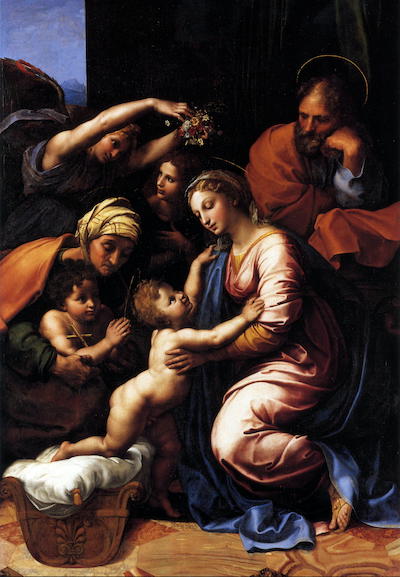
In this painting you can see the light appears from the left hand side and illuminates Mary and Jesus to make them the focal point. The secondary characters of Saint Elizabeth and John the Baptist on the far left are in partial light, and everything else is dark.v
Caravaggio
Caravaggio excelled at close physical observation, along with a dramatic use of chiaroscuro that came to be known as tenebrism. He darkened shadows and bathed subjects in bright shafts of light. Caravaggio liked to paint crucial moments and scenes in history, mostly involving violent struggles, torture, and death. He worked with live models, painted directly onto the canvas.
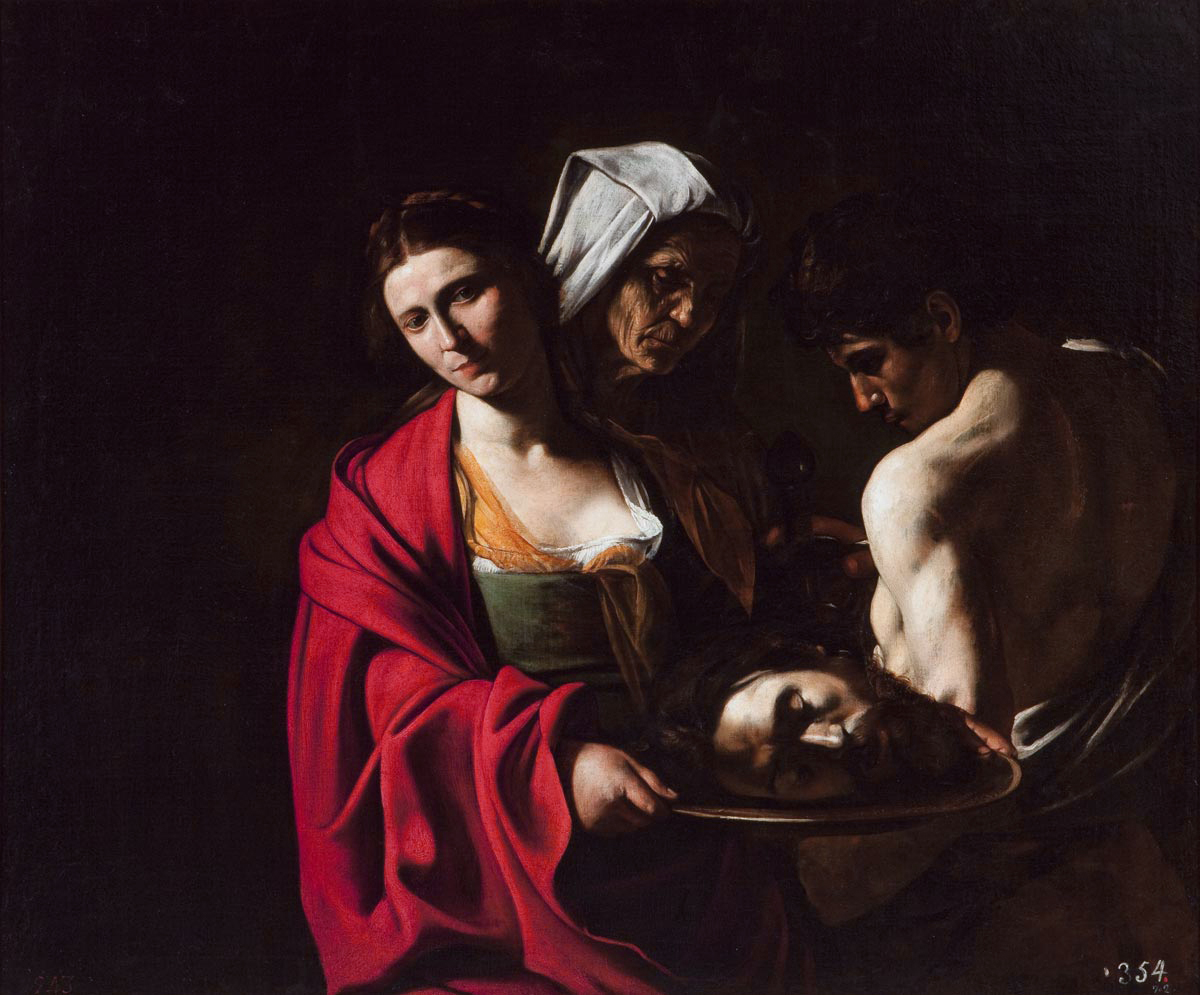
Leonardo da Vinci
Leonardo da Vinci is among the old master artists who developed the chiaroscuro technique. The world famous painting The Mona Lisa is an excellent example of this. He also used the chiaroscuro technique in his preliminary sketches for large paintings.
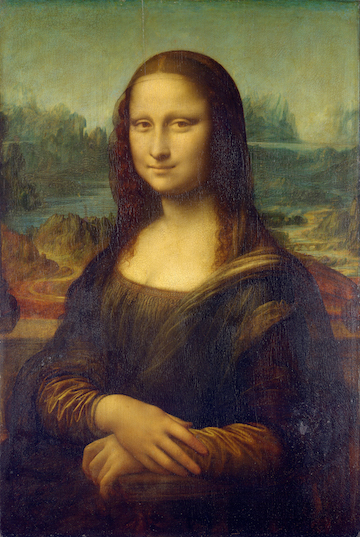
Gerrit Dou
Gerrit Dou was a student of Rembrandt and produced all kinds of artwork from niche illustrations to sumptuous night-scenes. He often painted his subjects in lantern or candle light.
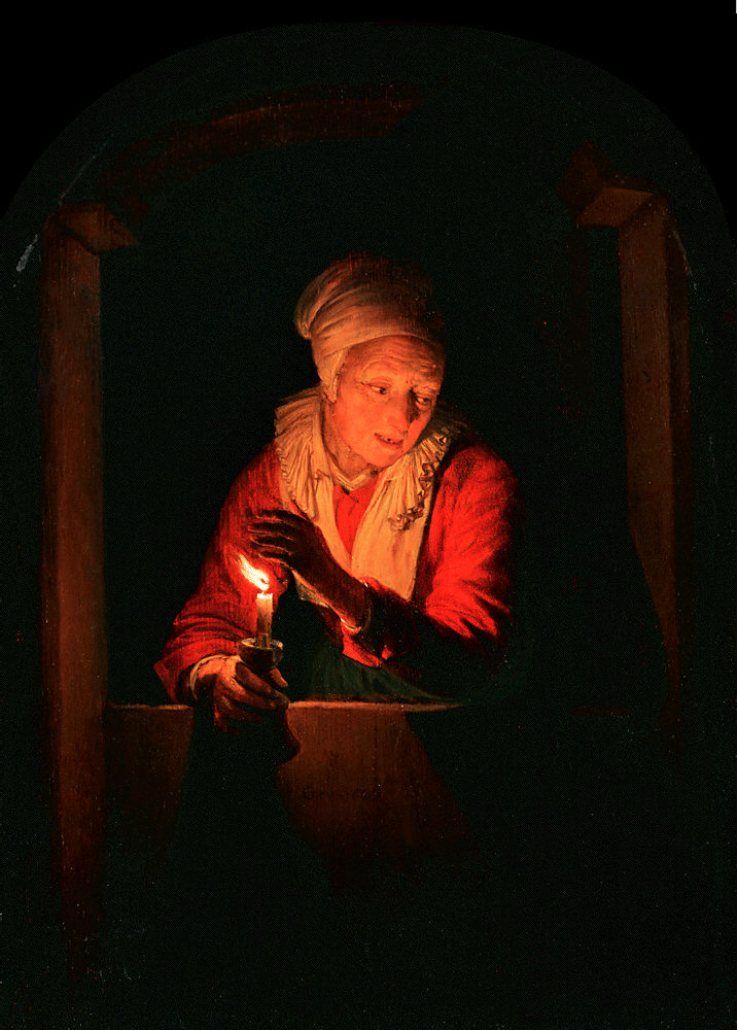
Artemisia Gentileschi
Artemisia Gentileschi is considered among the most accomplished seventeenth-century artists, who painted in the style of Caravaggio. Her Baroque portraits were among the most spectacular and vibrant of her age. She was renowned for her authenticity and her skilled usage of chiaroscuro.
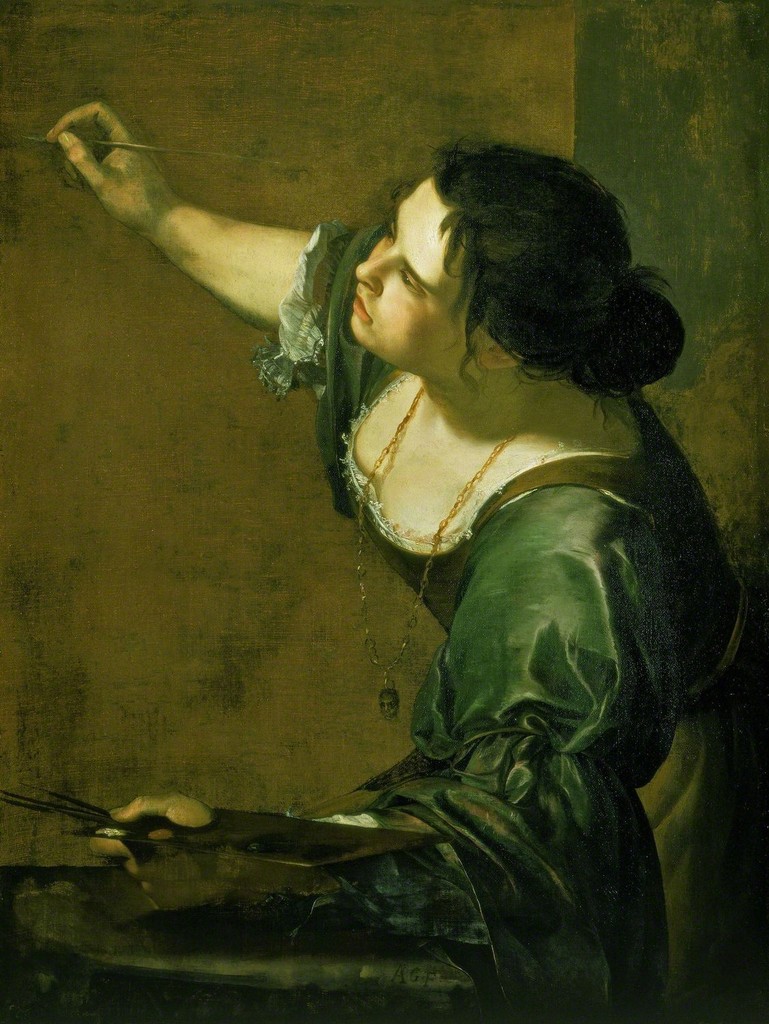
How can you paint using the chiaroscuro technique?
To practice the chiaroscuro technique, all you need is your subject matter and good lighting. You can choose any subject of your choice, but the chiaroscuro technique is most suited to still-life and portrait art. The most crucial thing you need is to have a good light source. You can produce light at one side of your subject, by creating a mini cardboard light box.
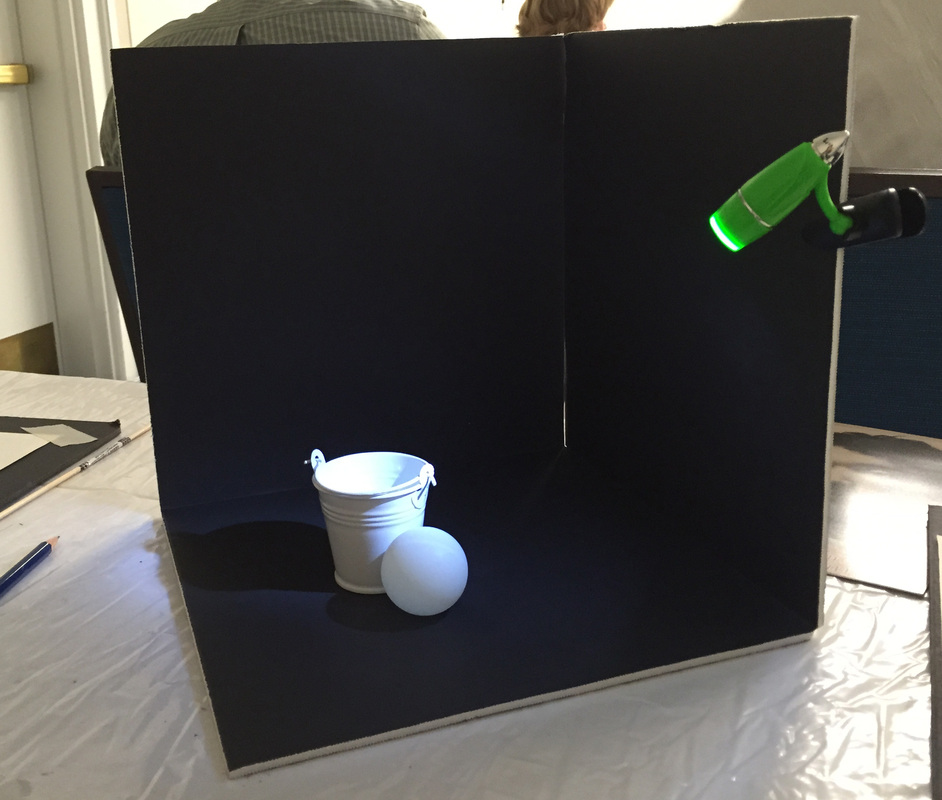
How to make a light box
- Find a box that is large enough to surround your painting subject.
- Paint the inner side of a box with black paint. Any kind of paint do (house paint, oil paint, acrylic etc, but it is best to use a matte or satin finish so it does not reflect the light.)
- Cut a small hole on the side of the box.
- Position the box in a way that it gets natural light through the hole or place a bright lamp next to the hole, so it brightens your selected subject.
- Place your still life or subject inside the box.
- You can adjust the box and hole so that the beam of light is highlighting the subject, so that a half is in shade and a half in the light.
